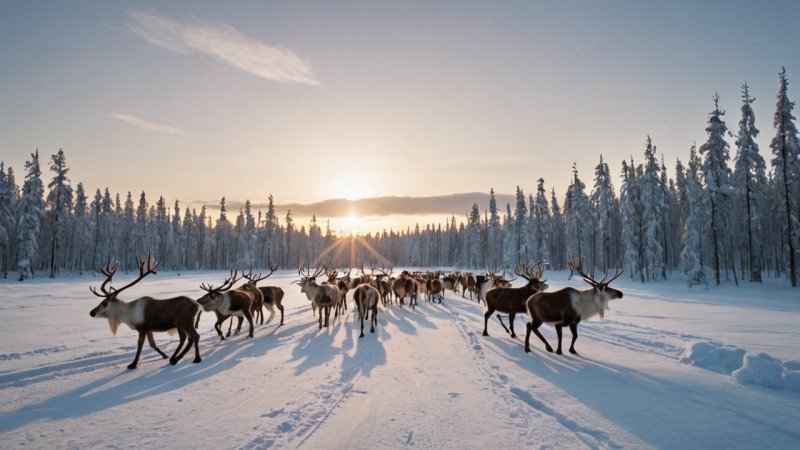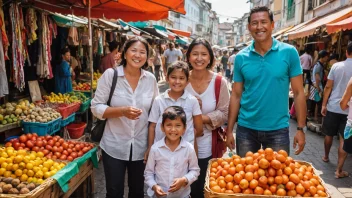1. Reindeer Herding
The Sami people are traditionally known for their close relationship with reindeer. This practice is not just a means of livelihood but a vital part of their cultural identity. The herding of reindeer involves seasonal migrations and requires extensive knowledge of the land.
2. Joik Singing
Joik is a distinctive form of singing that encapsulates the Sami culture. It is a vocal expression that conveys emotions, stories, and connections to nature. Each joik is unique to the individual or subject it represents, making it an integral part of Sami identity.
3. Traditional Clothing (Gákti)
The Gákti is the traditional dress of the Sami, characterized by vibrant colors and intricate patterns. Each region has its own style, and the clothing is often worn during festivals and ceremonies, reflecting the wearer's heritage.
4. Handicrafts (Duodji)
Duodji refers to the traditional Sami handicrafts that include items made from natural materials such as wood, bone, and textiles. These crafts are not only functional but also carry deep cultural significance, often passed down through generations.
5. Festivals and Celebrations
The Sami celebrate various festivals that showcase their culture, with the most notable being the Sami National Day on February 6th. This day is marked by events that promote Sami culture, language, and unity, including traditional music, dance, and food.
6. Nature and Spirituality
The Sami have a profound respect for nature, which is deeply embedded in their spiritual beliefs. They view the natural world as sacred and believe that every element possesses a spirit. This connection influences their way of life and cultural practices.
7. Sámi Language
The Sámi languages are a group of Uralic languages spoken by the Sami people. There are several distinct Sámi languages, each with its own dialects. Efforts are ongoing to preserve and promote these languages, which are vital to the Sami culture.
8. Food and Cuisine
Sami cuisine is hearty and reflective of their Arctic environment. Traditional dishes often include reindeer, fish, and berries, prepared in ways that honor their heritage. Sharing food is an important aspect of Sami hospitality.
9. Sustainable Practices
The Sami have long practiced sustainable living, balancing their needs with environmental conservation. Their traditional methods of reindeer herding and fishing are designed to minimize impact on nature, showcasing their respect for the earth.
10. Sami Art and Literature
The Sami have a rich tradition of storytelling, art, and literature that reflects their history and values. Contemporary Sami artists continue to explore and express their culture through various mediums, ensuring that their stories are told and celebrated.
In summary, the traditions of the Sami people in Finland are a fascinating blend of culture, spirituality, and respect for nature. From reindeer herding to the vibrant art of joik singing, these practices offer a glimpse into a unique way of life that is both ancient and evolving. Embracing these traditions not only enriches our understanding of the Sami but also highlights the importance of cultural diversity in our world.






